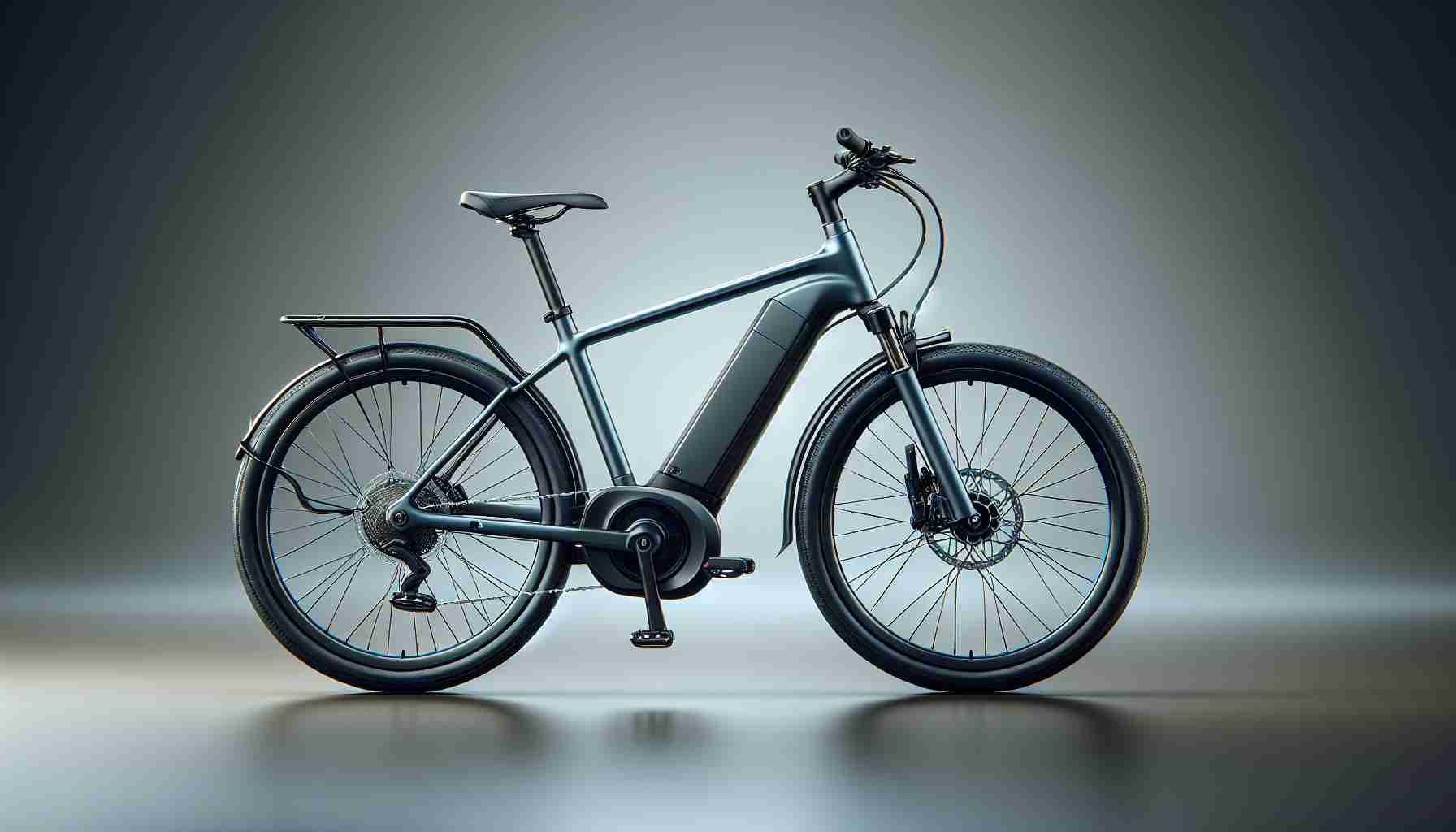De populaire e-bike fabrikant, Lectric, trekt opnieuw de aandacht van forenzen met hun nieuwste model, de XPress. Hoewel het bedrijf bekend staat om hun betaalbare opties, biedt de XPress een unieke draai door zich te richten op het leveren van een volwaardige e-bike voor forenzen met verbeterd comfort en prestaties.
Met prijzen vanaf slechts $999, biedt de XPress een indrukwekkende reikwijdte van maximaal 120 mijl, dankzij het verwisselbare batterijontwerp. Er zijn twee opties beschikbaar: een 500-watt motor met een 10,4Ah batterij of een krachtigere 750-watt motor met een 14Ah batterij. Het verwisselen van de batterij is een fluitje van een cent, waardoor forenzen gemakkelijk hun reikwijdte kunnen vergroten en langere afstanden kunnen afleggen.
Een opmerkelijke eigenschap van de XPress is de Lectric PWR+ technologie, die intuïtief energiebeheer mogelijk maakt op basis van het trappen van de rijder. Deze functie zorgt voor verbeterde controle en een moeiteloze overgang naar de topsnelheid van 28 mph. Bovendien is er een duimtoets inbegrepen voor extra boost indien nodig.
Op het gebied van comfort heeft Lectric belangrijke stappen genomen om een soepele en plezierige rit te garanderen. De XPress beschikt over een voorvering vork, een zeven-versnellingsaandrijving, 27,5-inch banden en hydraulische schijfremmen. Deze kenmerken, in combinatie met een kleuren LCD-display voor essentiële informatie en een USB-A poort om apparaten op te laden, maken de XPress een ideale keuze voor dagelijkse ritten.
De XPress is beschikbaar voor pre-order op de website van Lectric, met twee ontwerpopties: High-Step en Step-Thru. Het basismodel begint bij $999, terwijl de krachtigere versie begint bij $1,299 en een reservebatterij bevat als onderdeel van de pre-order promotie. Verzending wordt verwacht te beginnen in juni.
Kortom, de XPress van Lectric is een aantrekkelijke optie voor forenzen die op zoek zijn naar een comfortabele en prestatiegerichte e-bike. Met een indrukwekkende reikwijdte, innovatieve technologie en doordachte ontwerpelementen zal de XPress de dagelijkse woon-werkverkeer rit revolutioneren voor rijders die zowel comfort als efficiëntie hoog in het vaandel hebben staan.
Toelichting:
E-bike: Een elektrische fiets, ook wel e-bike genoemd, is een fiets die wordt aangedreven door een elektromotor en een batterij. De motor ondersteunt de trapbeweging van de fietser, waardoor het trappen gemakkelijker wordt en de fietser sneller kan fietsen met minder inspanning.
PWR+ technologie: De Lectric PWR+ technologie is een systeem dat de krachtoutput van de e-bike aanpast op basis van het trappen van de rijder. Dit zorgt voor een soepele en gecontroleerde rijervaring.
USB-A poort: Een USB-A poort is een type USB-connector die wordt gebruikt om apparaten zoals mobiele telefoons, tablets en andere elektronische apparaten op te laden of aan te sluiten op andere apparaten voor gegevensoverdracht.
Veelgestelde vragen:
1. Wat is de maximale reikwijdte van de Lectric XPress e-bike?
De Lectric XPress heeft een indrukwekkende maximale reikwijdte van 120 mijl. Dit betekent dat forenzen lange afstanden kunnen afleggen zonder zich zorgen te maken over het opladen van de batterij.
2. Kan ik de batterij van de XPress eenvoudig verwisselen?
Ja, de XPress is ontworpen met een verwisselbare batterij, waardoor rijders gemakkelijk hun reikwijdte kunnen vergroten door simpelweg de batterij te verwisselen.
3. Zijn er verschillende ontwerpopties beschikbaar voor de Lectric XPress?
Ja, de XPress wordt aangeboden met twee ontwerpopties: High-Step en Step-Thru. Rijders kunnen de optie kiezen die het beste bij hun voorkeur en behoeften past.
4. Wordt de XPress geleverd met een garantie?
Lectric biedt een garantie op hun e-bikes. Voor specifieke details en voorwaarden, raden we aan om de website van Lectric te raadplegen of contact op te nemen met hun klantenservice.
5. Is de Lectric XPress geschikt voor off-road rijden?
Hoewel de XPress is ontworpen met comfort en prestaties in het achterhoofd, is het geen mountainbike of specifiek ontworpen voor off-road rijden. Het is het meest geschikt voor dagelijks woon-werkverkeer en stedelijk fietsen.







